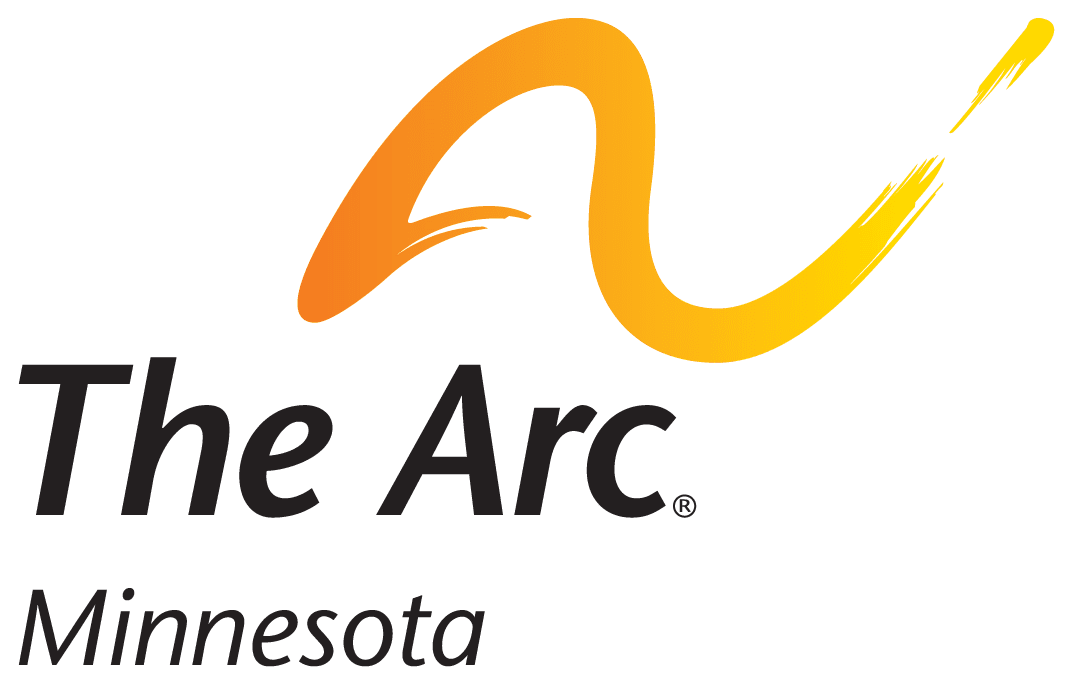In 1999, the Supreme Court ruled in a case known as Olmstead vs. L.C. The lawsuit was brought against Commissioner Tommy Olmstead of the Georgia Department of Human Services by two women living in a nursing home. The women wanted to move out of the nursing home and receive the supports they needed to live more independently. The Supreme Court ruled that under the Americans with Disabilities Act (ADA), individuals with disabilities must have opportunities to live in community-based, inclusive settings. The state of Georgia was ordered to create an Olmstead Plan outlining how it will comply with the ruling of the court.
In 2012, the State of Minnesota agreed to establish an Olmstead Plan as part of the settlement of a lawsuit known as Jensen vs Minnesota Department of Human Services (DHS). The Minnesota Olmstead Plan was approved in September 2015 by the federal court. The vision of the plan is that people with disabilities are living, learning, working, and enjoying life in the most inclusive setting. The Olmstead Plan does not only apply to services offered through the Minnesota Department of Human Services; rather, it is a comprehensive plan that applies to all Minnesota government agencies and the services they provide.
Minnesota has developed 13 topic areas in the Olmstead Plan with measureable goals. The goals are reviewed and updated annually. Each year, the Olmstead Implementation Office seeks public input on changes made to goals within the plan. These goals outline what the Olmstead Plan hopes to achieve:
- Person-Centered Planning: Ensuring that all plans to provide supports that are created by a county or agency place the needs and desires of the individual with the disability at the center of the services that are received
- Transition Services: Focusing on supporting people to move from less inclusive to more inclusive homes or settings
- Housing and Services: Providing an informed choice and appropriate funding/services so people can choose where they live, with whom and in what type of housing situation
- Employment: Increasing the number of people with disabilities working in competitive, meaningful and sustained employment in the most inclusive setting by providing appropriate supports to those interested in competitive, integrated jobs
- Lifelong Learning and Education: Increasing the inclusion of students with disabilities in classrooms and increasing the number of students with disabilities who enroll in an inclusive post-secondary education setting after graduation
- Waiting Lists: Moving toward having no wait lists for Medical Assistance disability waivers
- Transportation: Improving accessibility for pedestrians and increasing transit access and ridership throughout the state
- Healthcare and Healthy Living: Reducing health care inequalities among people with disabilities by increasing access to preventive care, mental health services, dental care and other services
- Positive Supports: Reducing the use of restrictive procedures involving restraining during an emergency situation in schools and in adult settings (including residential and vocational)
- Crisis Services: Reducing the need for crisis services that take an individual away from their home and work and increasing access to crisis services that are brief and effective so that the individual can stay in their home or return to their home as soon as possible
- Preventing Abuse and Neglect: Goals focus on reducing the number of people with disabilities who experience abuse and/or neglect
- Community Engagement: Goals include increasing the number of people with disabilities involved in self-advocacy and increasing the number involved with Governor-appointed boards and commissions and with public planning projects
One topic area, Assistive Technology, does not have measurable goals. Rather, goals related to assistive technology are integrated throughout the plan. The overall vision for this area is to expand the availability and use of technology to assist a person with a disability to live and work in the most inclusive settings.
For more detailed information on the Minnesota Olmstead Plan you can click on the link below:
Olmstead Plan Implementation Office
Video on the Olmstead Plan from The Arc Minnesota The Olmstead Plan and Employment First: Myths and Realities
For further information or advocacy services, contact The Arc Minnesota at 952-920-0855 or toll-free at 833.450.1494 or visit www.arcminnesota.org. (Please note: This document is not legal advice, and should not be construed as such. Thus, no information herein should replace the sound advice of an attorney.)
All rights reserved (c) 2019 The Arc Minnesota
